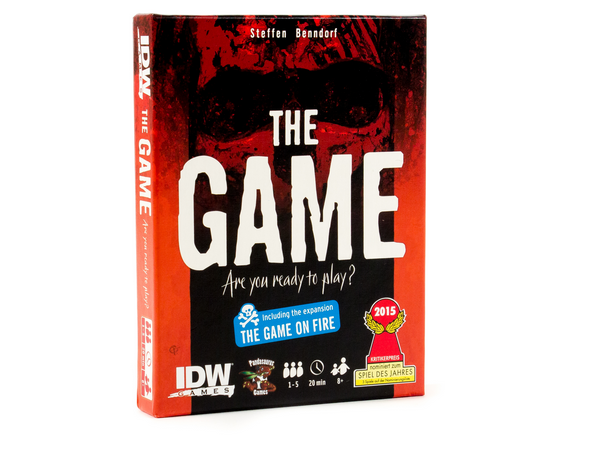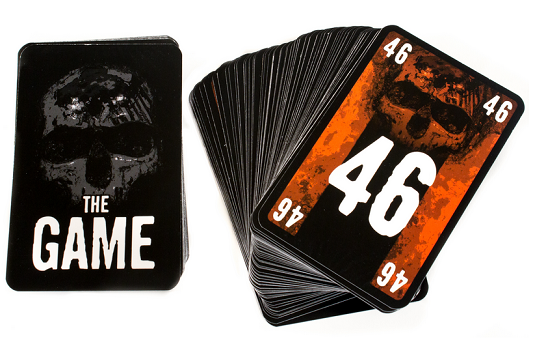Master "The Game" With Communication and Planning

A 2015 Spiel des Jahres Nominee, The Game is devilishly simple. It will take you minutes to learn, but so much longer to beat!
Gameplay
There are two number one cards and two number one hundred cards. These are set in the middle of the table, creating four discard piles. A shuffled deck of cards is set off to the side; this contains cards numbered from two to nighty-eight. Each player draws a certain number of cards depending on the player count, and the game begins.
The goal of the game is to discard all cards from the deck onto the four piles on the table. The trick is that cards must be played in increasing order on the two piles that start at one, and in decreasing order on the two piles that start at one hundred. The only time you can go in the opposite direction is by playing a card that is exactly 10 above (or below) the top card. For example, for an increasing-order pile, you could play a seven on a seventeen, but not a six on a seventeen.
Players take turns playing at least two cards. These can both be played on the same pile or on multiple piles. At the end of your turn the player draws as many cards as were played. Players are also limited in what they are allowed to communicate to each other. You can never talk exact numbers. However, you can say things such as "don’t play a card on that pile" or "only make a small jump in numbers on this pile."
After the draw deck runs out, you only have to play a single card on your turn. The game continues until either a player cannot legally play a card (all players lose) or all cards are successfully played (all players win).

Review
The Game is extremely simple. You pick up the rules in less than three minutes. It has things in common with classic card games like Solitaire but is a unique game in its own right. While the rules are simple, actually winning is not.
One of the most engaging aspects of the game is the challenge of creating a plan with the other players, of communicating where you want to play and trying to guess what other players are holding, all without actually being able to talk exact numbers. Since you have to play two cards every turn, sometimes you just have to play a bad card, and figuring out where it will do the least damage is a great challenge.
Winning the game is extremely difficult, and that alone kept us coming back to it, to try just one more time. Each time you lose, you’re left feeling like you can do better.
The game is themeless, but features dark skull artwork. It’s gives the game an interesting and intense atmosphere, but for a game that’s such a good fit for gamers and non-gamers alike, it feels like an odd choice, since it could turn some players off.
Light, challenging, and so easy to teach, The Game is also highly portable. It’s a cleverly simple game that would fit a wide range of groups with multiple levels of experience and ages.
Pros: Challenging, portable, easy to teach
Cons: The artwork is a bizarre match for the game
Disclosure: we received a complimentary review copy of this game







